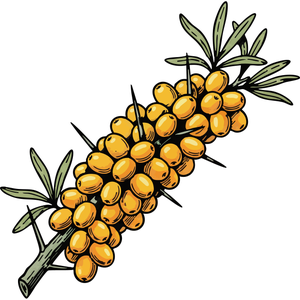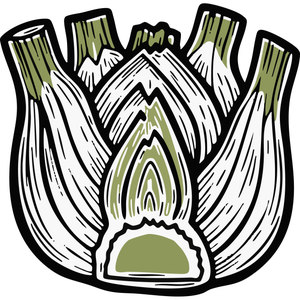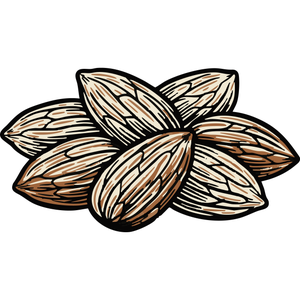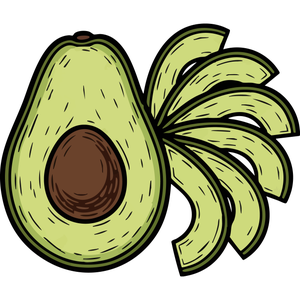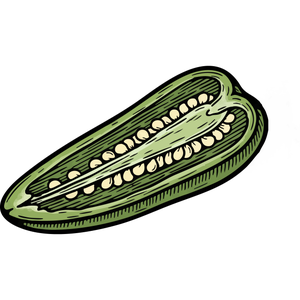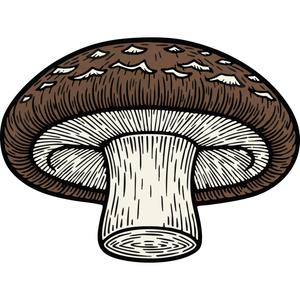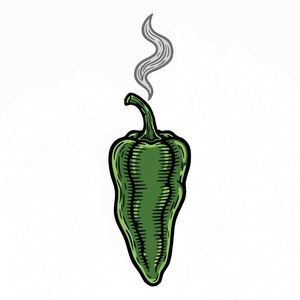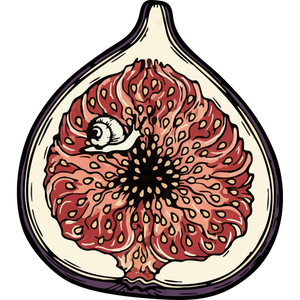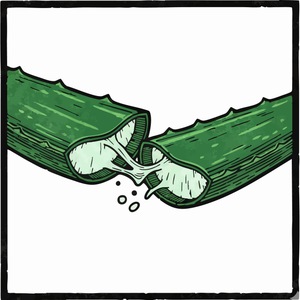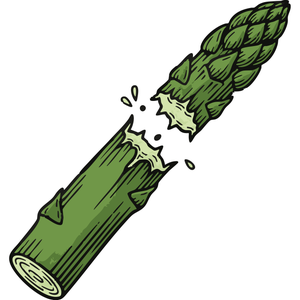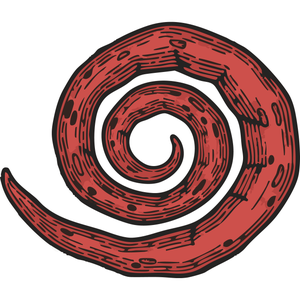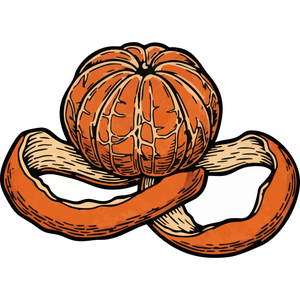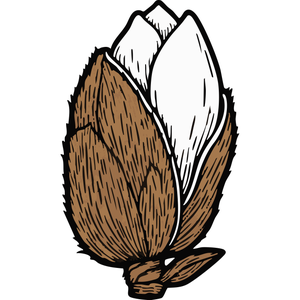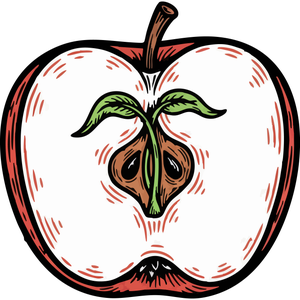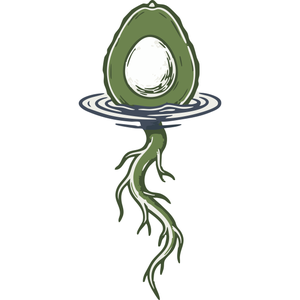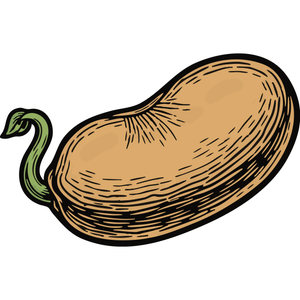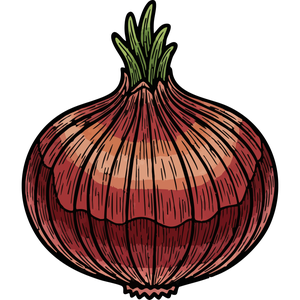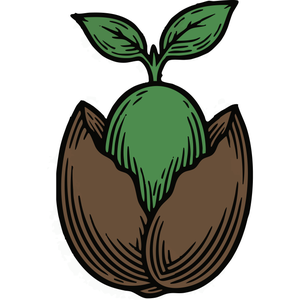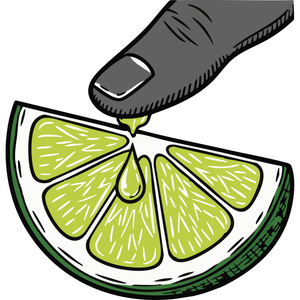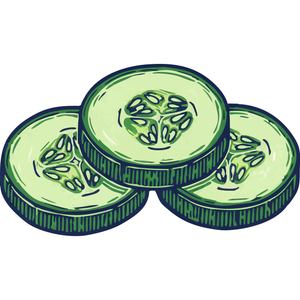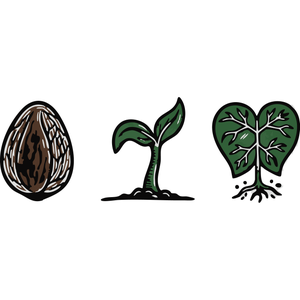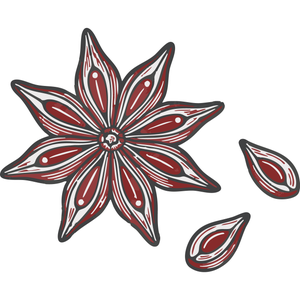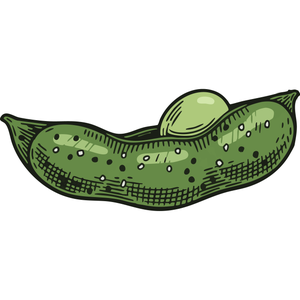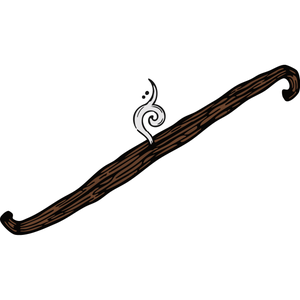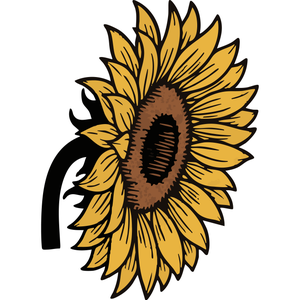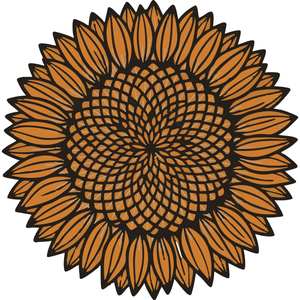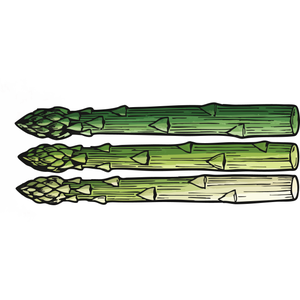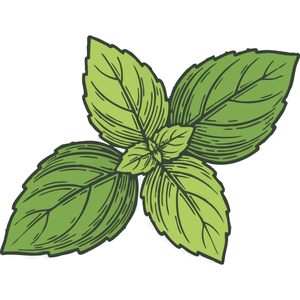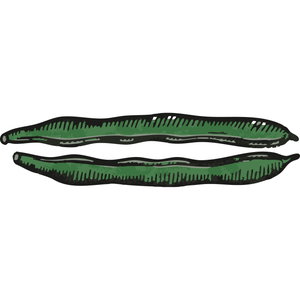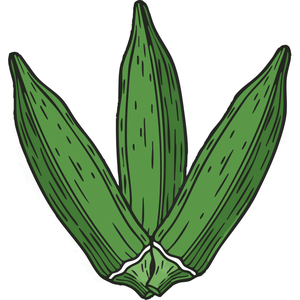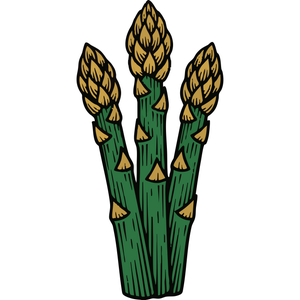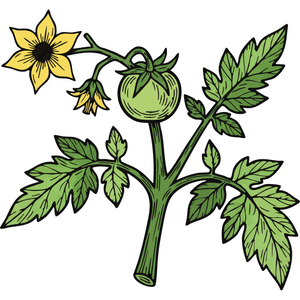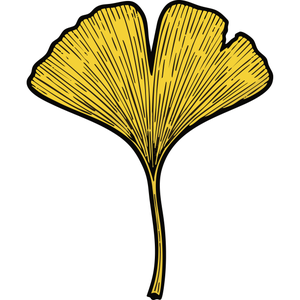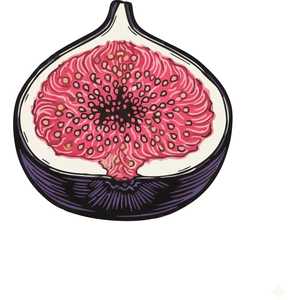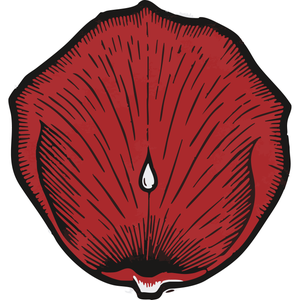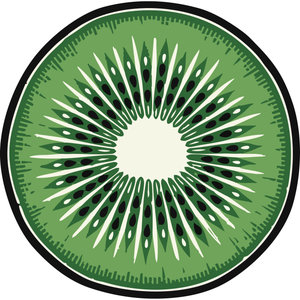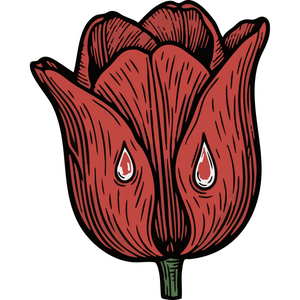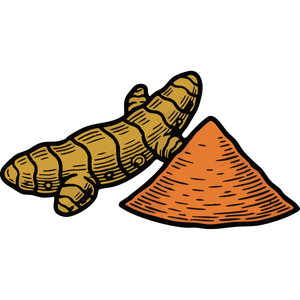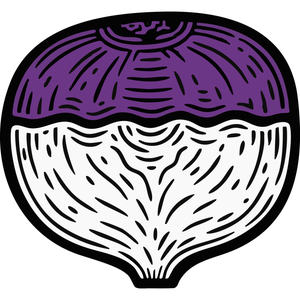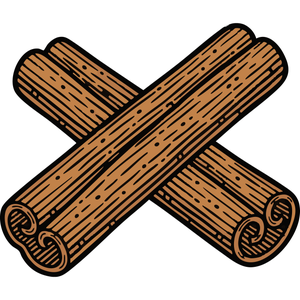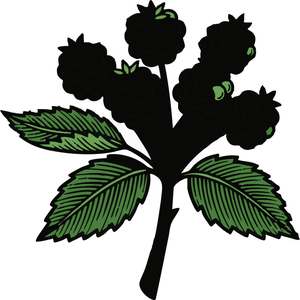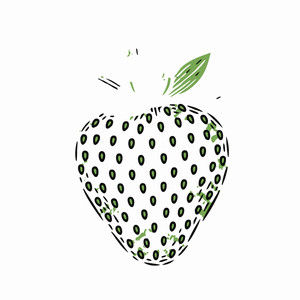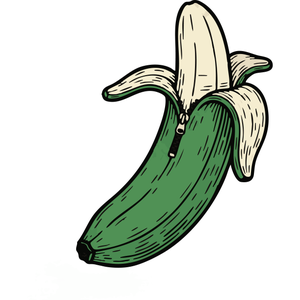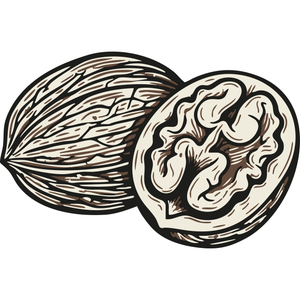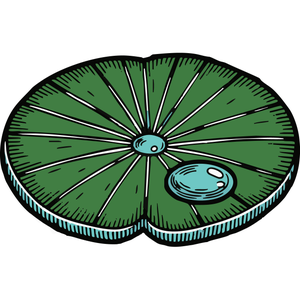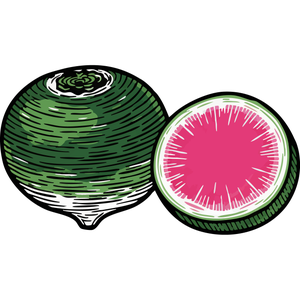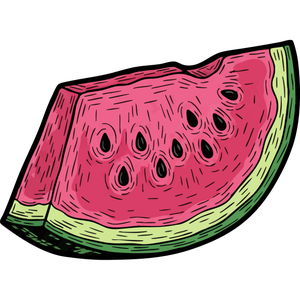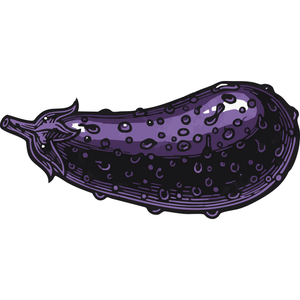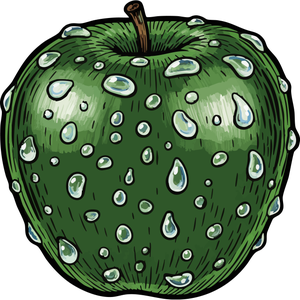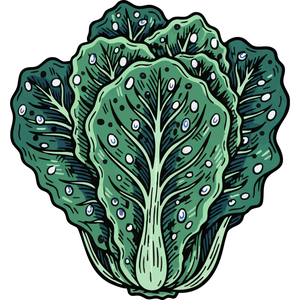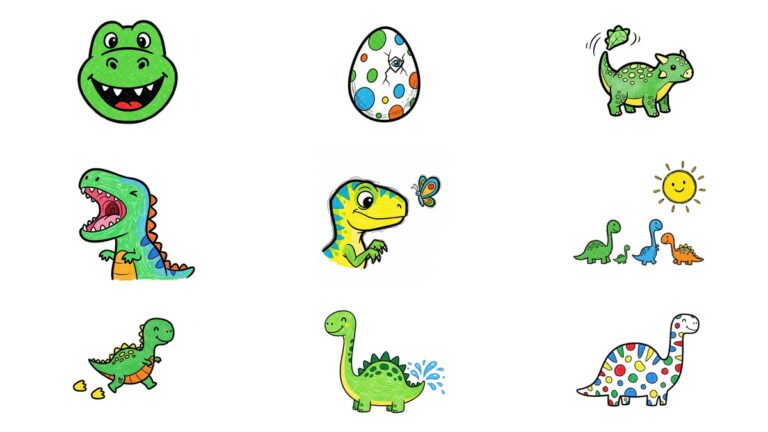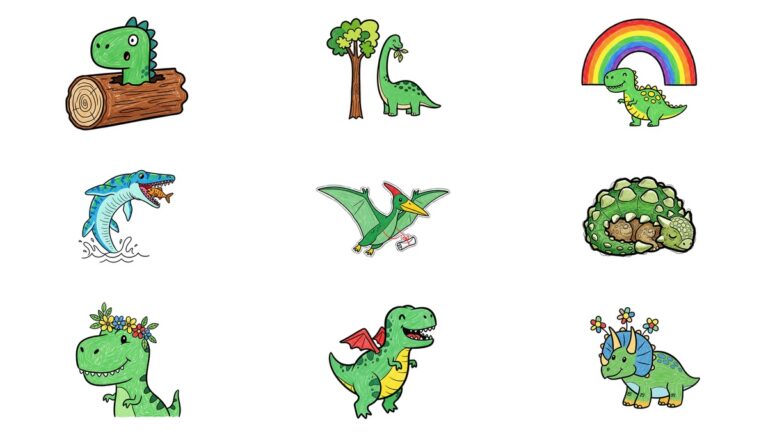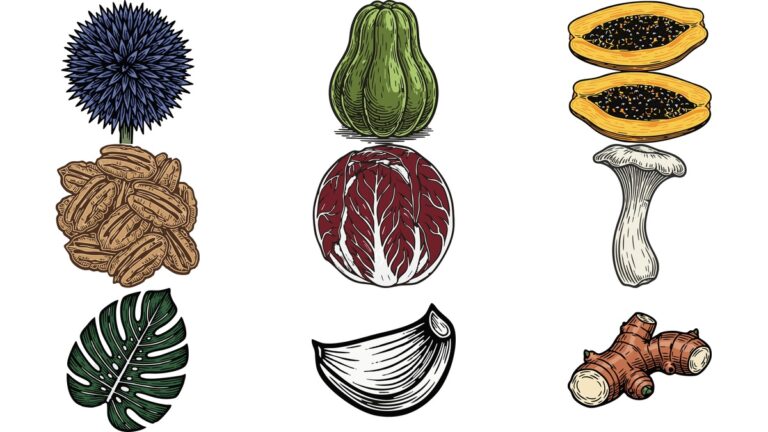All About Linocut: Art Blossoming from the Tip of a Carving Tool
Part 1: An Introduction to Linocut – The Charming Encounter of Carving and Printing
1.1. What is Linocut? The World of Relief Printing
The linocut is a printmaking technique invented in the mid-19th century that has become a significant pillar of modern printmaking. Its principle is relatively simple. An image is designed on a block made of a material called linoleum, and carving tools are used to cut away the areas that will not be part of the final image. Ink is then applied with a roller to the remaining raised surface, which is pressed onto paper. This technique of inking and printing the raised parts of a block is known as ‘relief printing.’
Printmaking is broadly categorized into four types based on the printing principle. First is relief printing, to which linocut belongs, where ink is applied to the raised parts of the block. Second is intaglio, where ink is filled into the incised grooves of the plate and transferred to paper under pressure. Third is planographic printing, which uses the principle of oil and water repulsion to create an image on a flat surface. Lastly, stencil printing involves passing ink through holes cut into a plate to form an image. The most intuitive example of relief printing is a common rubber stamp. When a stamp is pressed onto an ink pad, only the raised letters or designs pick up the ink, while the carved-away areas remain untouched and do not transfer to the paper—the principle is identical.
Due to this production method, most printmaking techniques, including linocut, share a crucial characteristic: the final image printed on paper is a ‘mirror image’ of the design carved on the block. Therefore, artists must consider this reversal from the very beginning of the design process. This is a fundamental trait of all printmaking methods except for stencil printing.
1.2. The Descendant of Woodcut, But on a Different Path
Linocut is a direct descendant of the woodcut, sharing the same relief printing principle. However, the two techniques diverge onto different artistic paths due to a critical difference in their block material. While woodcut, as its name implies, uses a wooden block, linocut uses linoleum, a composite material made of linseed oil, cork dust, and rosin.
This difference in material goes beyond a mere technicality; it has transformed the entire aesthetic potential of printmaking. Wood has a natural grain that restricts the direction of the carving tool. Artists must either work with or against this grain, and in doing so, the unique, rough, and natural texture of the wood becomes part of the artwork. In contrast, linoleum is uniform, grainless, and much softer and more pliable than wood. These physical properties liberate the artist from the constraints of the wood grain. The artist can move the tool freely and smoothly in any direction, enabling more fluid and faster carving.
As a result, linocut has established itself as a medium that is much easier and quicker to work with than woodcut. While woodcut excels in organic expressions that utilize the physical properties of wood, linocut is better suited for bold lines, simplified forms, strong black-and-white contrasts, and large, decorative areas of color. Although it has limitations in expressing extremely fine and detailed lines, it gains graphic power and clarity in return. Thus, the characteristics of the material have come to define the aesthetic identity of the technique.
1.3. The Appeal of Linocut: Why Artists Love It
The reasons why linocut has been beloved by countless artists and designers from the 20th century to the present day are clear. First is its accessibility. The basic materials, such as linoleum blocks, carving tools, and ink, are relatively inexpensive, and the carving process requires less specialized skill and physical strength compared to wood or copperplate engraving. This has made it a widely used medium in art education. It has lowered the barrier to entry for the genre of printmaking, contributing to a ‘democratization’ that allows more people to experience the joy of creation.
Second is the unique graphic power of linocut. The clear contrast between the carved and uncarved areas produces visually striking and impactful results. This is a significant advantage, especially for posters, illustrations, and decorative works that need to convey a message effectively.
Third is its modern aesthetic. In the early 20th century, masters like Pablo Picasso and Henri Matisse recognized the potential for bold and simplified expression in linocut and actively incorporated it into their artistic worlds. Thanks to their experiments, linocut was re-evaluated as an important medium of modern art, moving beyond its status as a mere educational material. Paradoxically, in today’s digital world, designers and artists are once again fascinated by the handmade, organic, and analog texture of linocut. It is being newly appreciated as an effective means of infusing digital designs with the warmth and unique sensibility of handcrafted art.
[ 여기에 광고 코드가 삽입됩니다 ]
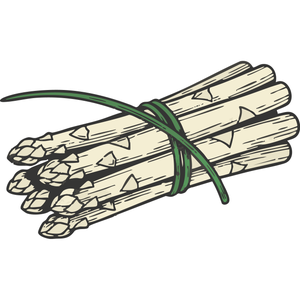
White Asparagus Bunch |
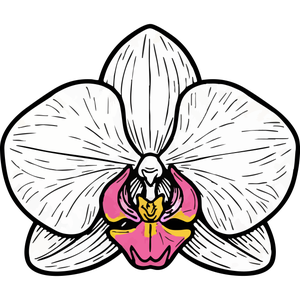
White Orchid Blossom |

White Rosebud |
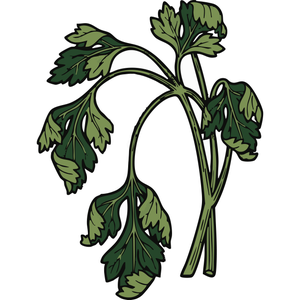
Wilted Parsley |
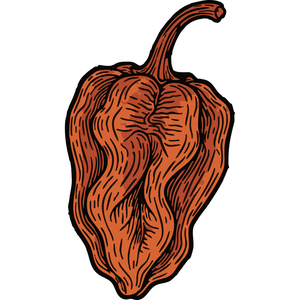
Wrinkled Habanero |
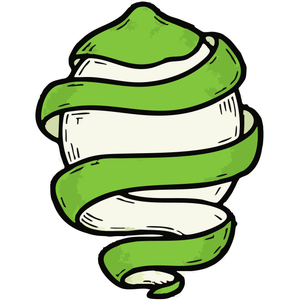
Zested Lime |
[ 여기에 광고 코드가 삽입됩니다 ]


